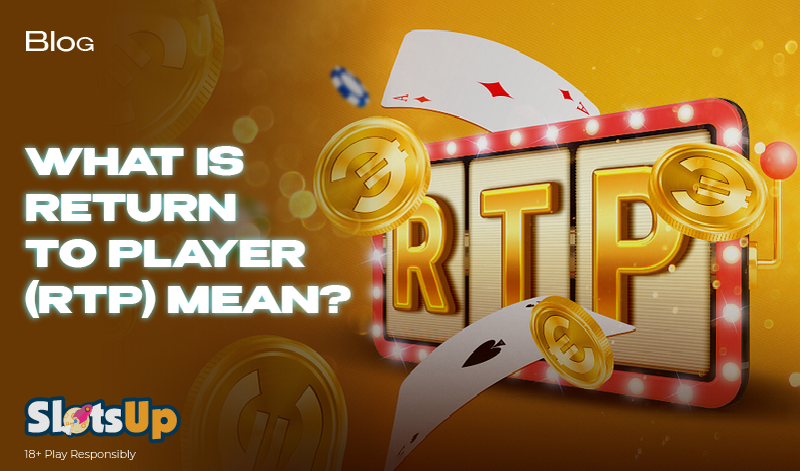
What is RTP and How is It Calculated?
Return to Player (RTP) is a term often used in the gambling industry to describe the percentage of wagered money that is paid back to players over time. It is an important concept in casino games, as it can help players understand the potential return on their investment. In this article, we will explore what RTP means, how it is calculated, and its significance in various casino games.
What does Return to Player (RTP) mean?
Return to Player (RTP) is a statistical measurement that indicates the percentage of all wagered money in a casino game that will be paid back to players over a certain period of time. It represents the long-term average payback to players and is usually expressed as a percentage. For example, if a game has an RTP of 95%, it means that for every $100 wagered on that game, on average, $95 will be paid back to players over time.
How is RTP calculated?
The calculation of RTP involves analyzing large amounts of data from the game’s outcomes. To determine the percentage of the total wagered amount that is returned to players, developers and regulators consider a sufficient amount of gameplay history. The formula to calculate RTP is relatively straightforward:
RTP = (Total amount returned to players / Total amount wagered) x 100
For example, if a total of $10,000 was wagered on a game and $9,500 was returned to players as winnings, the RTP would be calculated as follows:
RTP = (9,500 / 10,000) x 100 = 95%
RTP in Casino Games
Different casino games have varying RTP values. For example, slot machines often have RTPs ranging from 90% to 99%. This means that for every $100 wagered, the machine will pay back $90 to $99 on average. While slots are known for their simplicity and big jackpots, their RTP tends to be lower compared to other casino games.
Table games such as blackjack, roulette, and baccarat usually have higher RTPs. In blackjack, for instance, the RTP can reach as high as 99.5% if the player uses optimal strategy. This suggests that for every $100 wagered, the player could expect to receive $99.50 back. Roulette and baccarat also offer favorable RTPs since they have relatively low house edges.
It’s important to note that RTP is a statistical measure based on long-term play. In the short term, a player may experience significant fluctuations in their winnings due to the inherent randomness of casino games. However, over time, the RTP serves as a general indication of a game’s profitability for the player.
Understanding the concept of RTP can help players make informed decisions about which casino games to play. By opting for games with higher RTPs, players can improve their chances of winning and maximize their overall gambling experience.
Conclusion
Return to Player (RTP) is a critical concept for casino players to understand, as it helps them gauge the potential return on their investment in a particular game. By knowing the RTP, players can make informed decisions about which games to play, considering the long-term average payback. However, it is crucial to remember that RTP is a theoretical calculation and individual sessions can have varying outcomes. Nevertheless, having knowledge of RTP can enhance a player’s overall gambling experience and help them make more informed choices.







